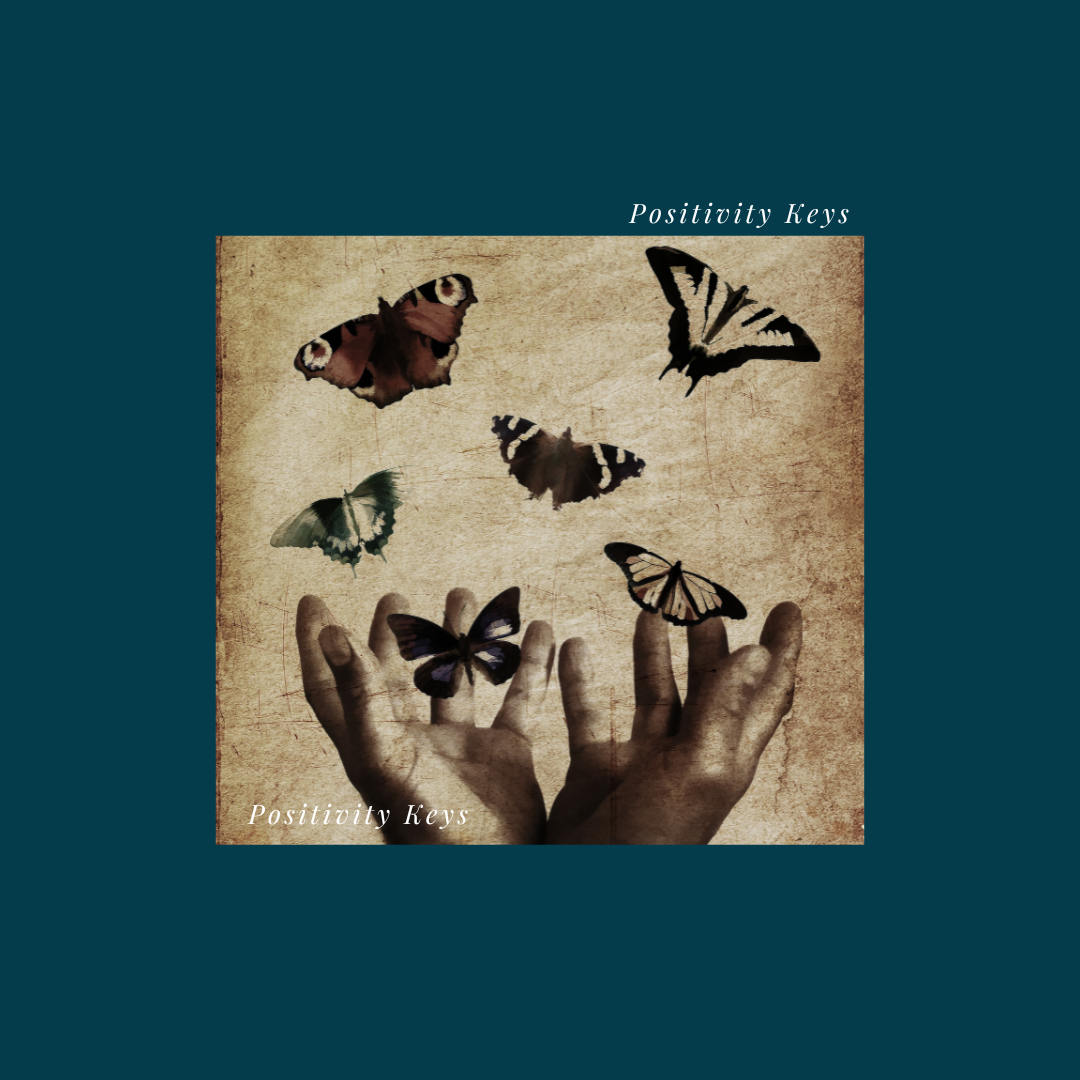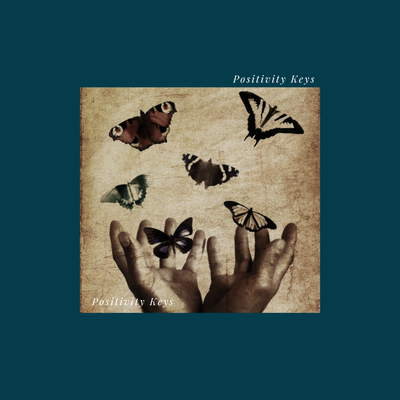Posted by Laura Shaw Allen on 28th Apr 2025
Emotional Detox: Releasing Feelings That No Longer Serve You for a Fresh Start
 Every day, we carry emotional energy—some of it fuels our growth, and some of it holds us back. Just like our bodies need detoxing from unhealthy foods and toxins, our emotions also need cleansing to make space for clarity, joy, and new beginnings.
Every day, we carry emotional energy—some of it fuels our growth, and some of it holds us back. Just like our bodies need detoxing from unhealthy foods and toxins, our emotions also need cleansing to make space for clarity, joy, and new beginnings.
Many people don’t realize how much unprocessed emotions weigh them down. Unspoken frustrations, old wounds, fear-based thoughts, and lingering self-doubt can quietly shape the way we see ourselves and interact with the world.
The Feelings Key reminds us that our emotions are within our control. By intentionally releasing what no longer serves us, we can create the mental and emotional space needed for transformation.
If you’ve been feeling stuck, overwhelmed, or drained, this emotional detox will help you let go of the weight you’ve been carrying so you can step into May with a renewed sense of energy and alignment.
Signs You’re Holding Onto Emotional Clutter
Just like a cluttered home makes it hard to find what you need, a cluttered emotional space makes it difficult to experience clarity and joy. Here are some signs it may be time for an emotional detox:
-
You feel easily triggered by small things that wouldn’t normally bother you.
-
You keep replaying past conversations or events, even if they happened a long time ago.
-
Your emotions feel heavy or unpredictable, shifting between frustration, exhaustion, or anxiety.
-
You’re avoiding self-reflection, keeping yourself busy to distract from deeper emotions.
-
You feel creatively or mentally blocked, struggling to make decisions or feel inspired.
If any of these sound familiar, it’s time to clear the emotional clutter and realign with the Feelings Key so you can move forward with ease and confidence.
Step 1: Identify the Emotions That Need Releasing
Many of us hold onto emotions out of habit or fear of facing them. The first step in an emotional detox is acknowledging what needs to be released.
Practice: Take a few minutes to sit quietly and reflect on the following questions:
-
What emotions have been weighing on me lately?
-
Are there specific thoughts, situations, or relationships that stir up unresolved emotions?
-
What do I feel ready to let go of?
Journaling about these questions can help bring buried emotions to the surface, allowing you to process them consciously rather than letting them control you from the background.
Step 2: Physically Release Stagnant Emotions
Emotions are not just thoughts; they are stored in the body. That’s why we often feel tension in our shoulders when we’re stressed, exhaustion when we’re emotionally drained, or tightness in our chest when we’re anxious.
To fully release an emotion, it helps to move it through the body.
Practice: Choose a physical activity that allows you to express and release emotional energy:
-
If you’re holding onto anger or frustration: Try an intense workout, dancing, or even punching a pillow to release pent-up tension.
-
If you’re feeling grief or sadness: Let yourself cry without judgment. Take deep, slow breaths to support the emotional release.
-
If you’re feeling overwhelmed: Spend time in nature, practice gentle stretching, or do a grounding exercise like standing barefoot on the earth.
When emotions are processed physically, they move through you rather than staying trapped inside you.
Step 3: Reframe and Replace Limiting Beliefs
Often, we hold onto emotions because of deep-seated beliefs that keep us stuck in old patterns. Emotional detoxing isn’t just about releasing feelings—it’s also about replacing them with empowering beliefs.
Practice: Write down the limiting beliefs that are tied to your emotions. Then, challenge and reframe them.
For example:
-
Limiting belief: “I’ll never be successful because I’ve failed before.”
-
Reframe: “Every successful person has faced setbacks. My failures are lessons that will guide me forward.”
-
Limiting belief: “I’m not good enough.”
-
Reframe: “I am constantly learning, growing, and evolving. My worth is not defined by external validation.”
By shifting your beliefs, you change the emotional patterns that hold you back, making space for confidence and growth.
Step 4: Clear Your Mental and Emotional Space
Our physical environment and mental inputs also play a big role in emotional well-being. If your mind and surroundings feel cluttered, it can be harder to release heavy emotions.
Practice:
-
Declutter your space: Get rid of items that carry negative memories or stagnant energy.
-
Reduce emotional triggers: Limit exposure to negativity—whether that’s social media, news, or draining conversations.
-
Create space for joy: Surround yourself with uplifting books, music, and people who support your emotional well-being.
The more intentional you are about what you allow into your space, the more aligned and emotionally free you’ll feel.
Step 5: Ritualize Your Emotional Release
Letting go of old emotions is not just a one-time process—it’s a practice that can be built into your routine.
Practice: Choose an emotional detox ritual that you can do weekly or monthly to reset your emotions. Some ideas include:
-
Writing a letter to yourself (or someone else) and then tearing it up or burning it as a symbol of release.
-
Taking a mindful bath with the intention of washing away negative emotions.
-
Creating a gratitude list to shift focus away from what’s heavy toward what’s light.
These small yet intentional acts create space for emotional renewal and clarity.
Bringing It All Together: Step Into May with Emotional Freedom
The emotions you carry shape your energy, mindset, and overall well-being. By using the Feelings Key to release what no longer serves you, you create space for clarity, peace, and growth.
Your Next Step:
-
Identify one emotion you’re ready to release.
-
Choose one practice from this list to start your emotional detox.
-
Share in the comments: What are you letting go of to create space for new energy?
Emotional freedom begins when you make the conscious choice to let go, reset, and step forward with intention.


